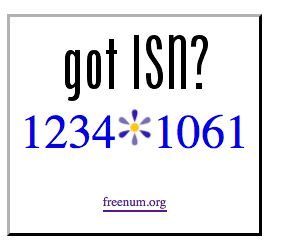Introducing Phone Genie for Asterisk (Email Edition)
Today’s application lets you manage your Asterisk server from the convenience of any email client on the planet. Phone Genie (Email Edition) gives you complete control of Asterisk through the Asterisk CLI using simple email messages.



